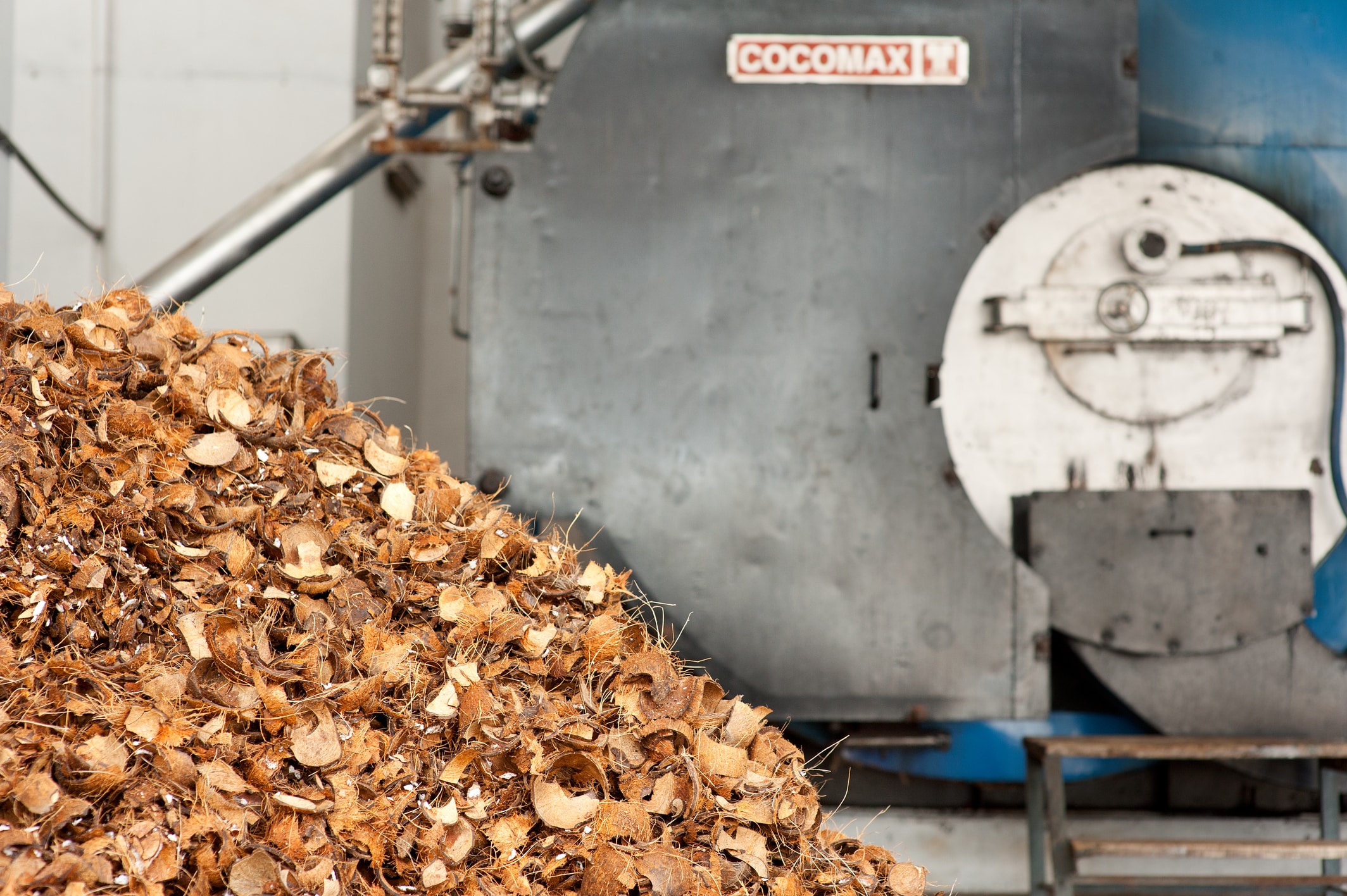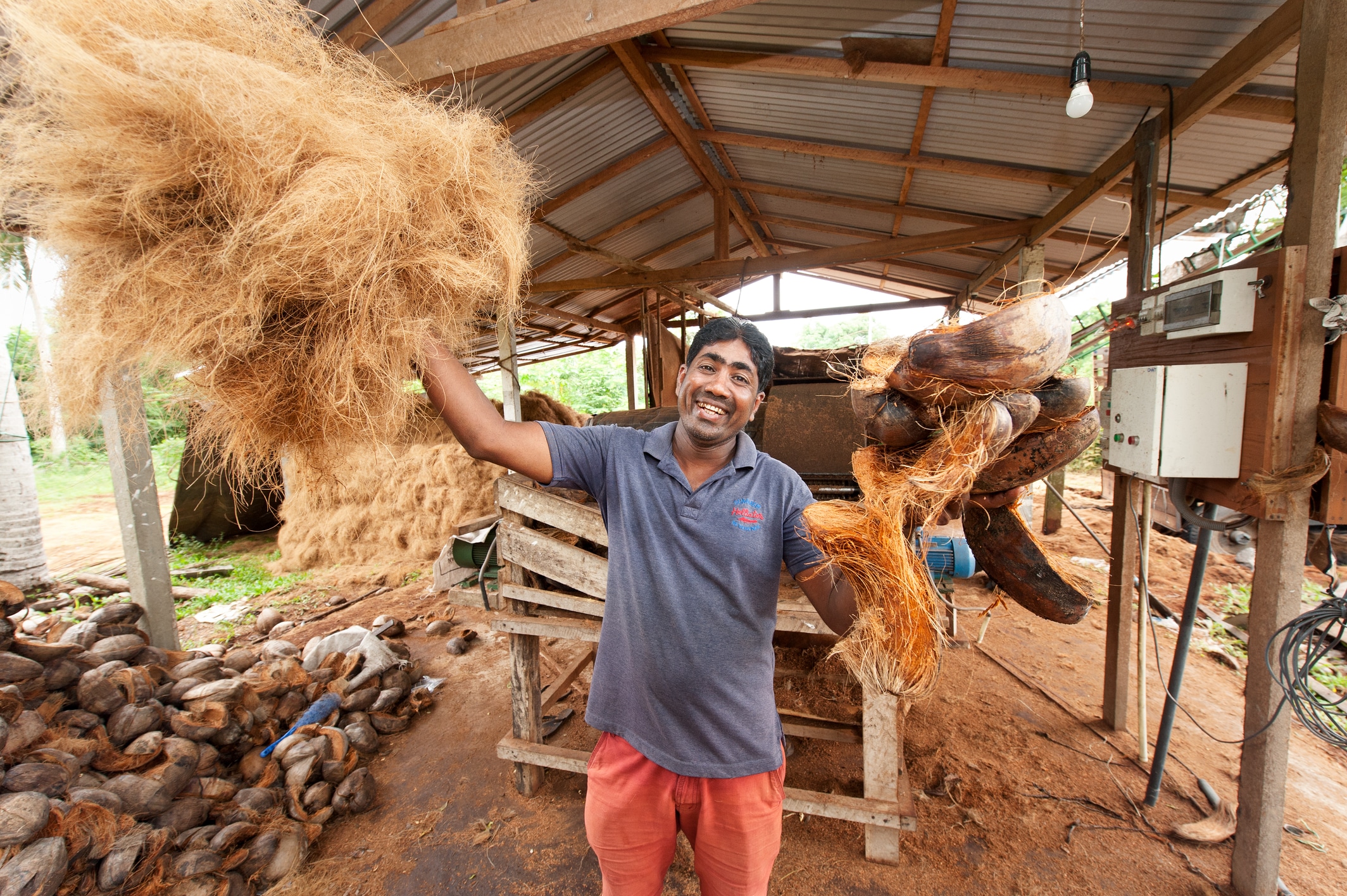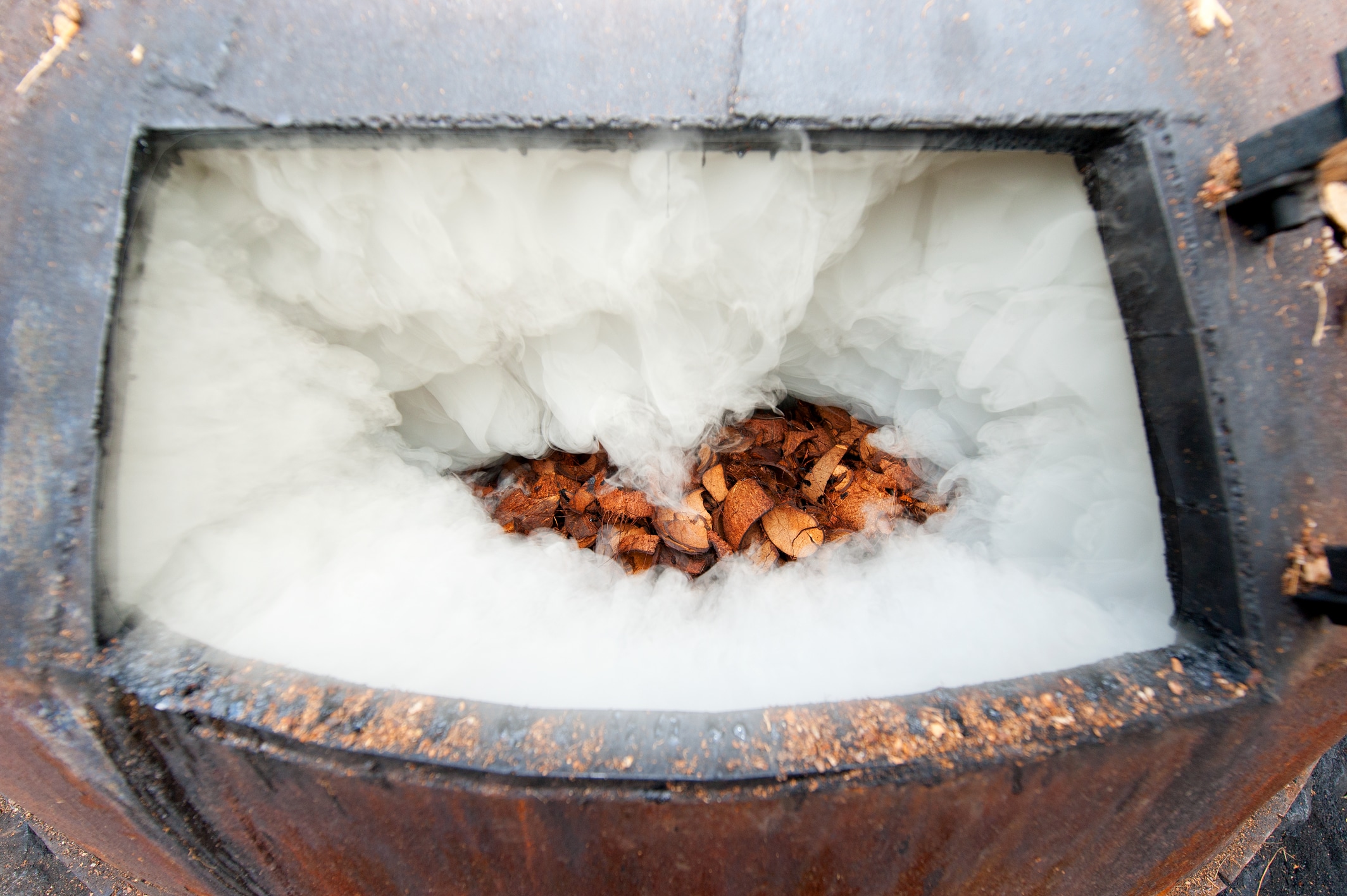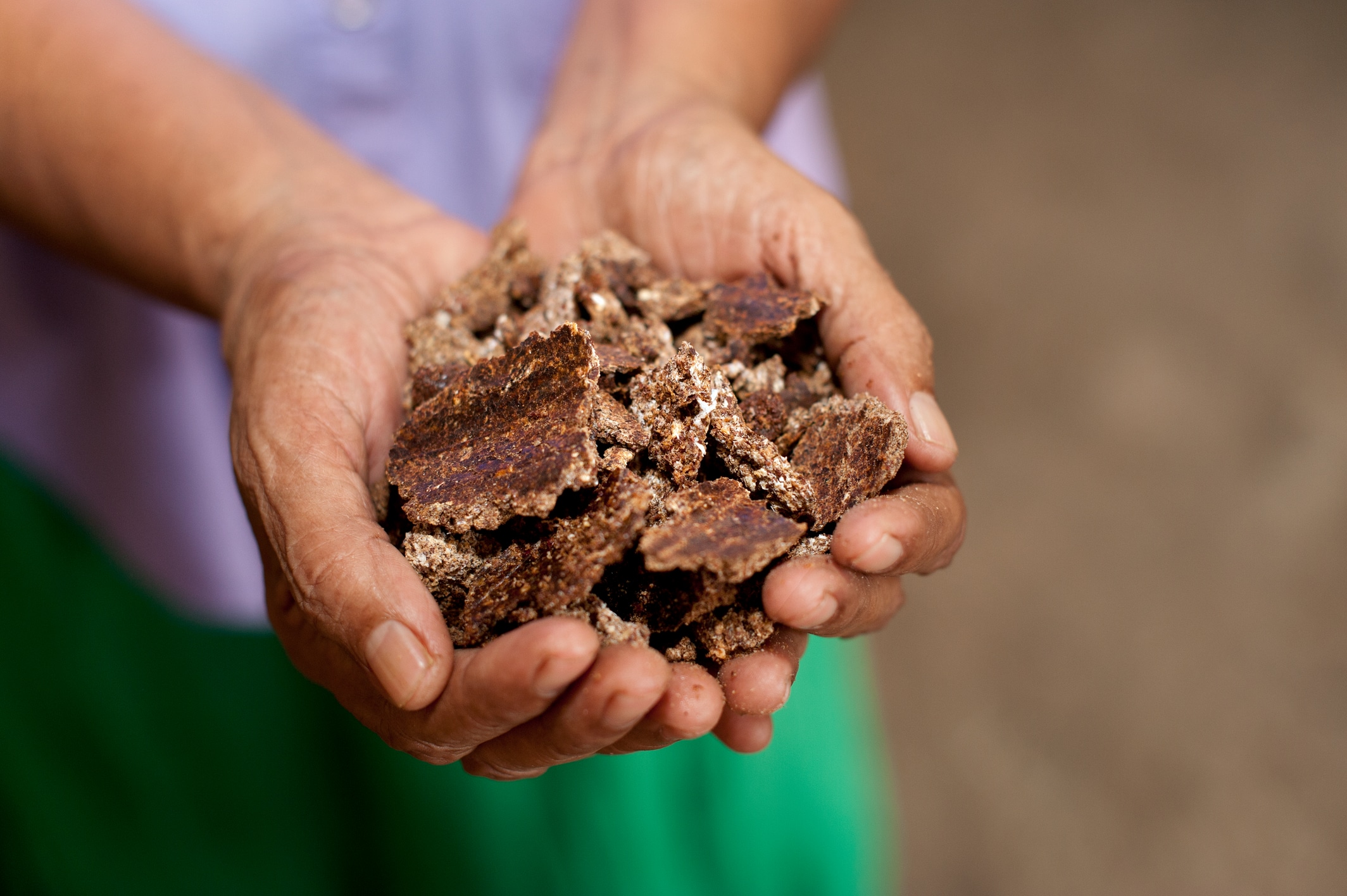This excerpt from my book, Honor Thy Label, describes how Serendipol, Dr. Bronner’s Sri Lankan supplier of coconut oil, uses every part of the coconut to create a highly ecological operation.
A Perfectly Ecological Production
After operating Serendipol for some five years and improving trees, soil, and processing, I increasingly marveled at the “inherent sustainability” of the project. Its raw materials, coconuts, are now grown in a manner that improves farm soils and eschews their contamination; all by-products of processing at Serendipol’s factory have value-added uses, and our production generates virtually no production-related waste. That makes our Virgin Coconut Oil production almost sustainable by design.
As for the production itself, it uses no aggressive or toxic process chemicals. Peracetic acid is used to sanitize the storage tanks, but that’s about as chemical as it gets at Serendipol.
The main consumption of energy is in the drying of the kernel. Today, the dryer is fed by steam from a boiler that runs on our wasted coconut shells. No better way to generate essential process heat than from a waste material or by-products in an efficient boiler!

A walk through the production of Virgin Coconut Oil will demonstrate the versatility of the coconut plant. After the harvest, huskers first remove the outer brown husks—the raw material for the coconut fiber, or coir, industry, which had brought me to Sri Lanka in 2001 in the first place. Founded during British rule in the 1850s, the industry still turns coconut husks into high-quality “bristle fiber” for brooms, brushes, and doormats, and mixed fiber for mattresses, twine, ropes, erosion control mats, car seats. We sell good husks to smaller local fiber mills; damaged ones are returned to the farms for use as potassium-rich mulch.

The peat-like material in between the fibers, also called coir pith or dust, makes for a soil amendment with a very high moisture-holding capacity. Coconut husks, fiber, and pith have an unusually high content of lignin, the “glue” in the cell wall of trees and other woody plants. It makes cell walls more rigid. That’s why coir is so suitable for door mats and erosion control: it lasts three to five years when left out in the rain—compared with one to two years for other fibers.
The next step at the factory is to remove the hard brown shell that looks at us with its three eyes. It is filled with small pores and can be converted into “activated carbon.” With its high internal surface it is one of the world’s universal agents to absorb and remove pollutants from water and air. Shells also make a great fuel. Serendipol crushes and then burns some 30 percent of our shells in our boiler, the balance is sold at attractive prices into the local market as the raw material for charcoal and activated carbon.

The seedcake that remains after expellers squeeze the oil from the desiccated coconut flakes is tasty and nutritious. We still sell it predominantly to compounders of chicken feed. After some modifications to our presses we now market it for the production of a specialty milk and coconut flour.

The only other production-related waste is the coconut water—the clear liquid that is drained from the coconuts before shelling them. Coconut water is already past its prime as the latest “miracle drink” in the United States, and Europe and makes for an interesting lesson in developing value-added markets for by-products. Until the early 2010s, producers of desiccated coconut and virgin coconut oil considered coconut water an annoying process waste. It is high in sugars, immediately ferments once drained, and soon stinks, first like vinegar, as if rotten. No wonder large desiccated coconut mills who discharged the coconut water onto their land or into creeks eventually got into trouble with government regulators—and their neighbors!
As Serendipol grew, we first took the water to the coconuts farm as manure. Then, in 2009, we installed a biological wastewater treatment plant. Around that time, large desiccated coconut and virgin coconut oil producers in the Philippines and brands in the West realized that this wastewater had nutritional value, and coconut water started its boom.

Most people I know love drinking coconut water from fresh, immature nuts. In Sri Lanka, receiving an orange-colored King Coconut as refreshment during a farm visit beats a Coke or Sprite. While the water drained from the mature nuts used in desiccated coconut and oil production has less sugar and flavor, most Westerners don’t know the difference, and, with a bit of marketing hype and adding sweetener or fruit flavor, the sale of “coconut wastewater” took off!
Today, it comes mostly from large coconut mills in the Philippines. They drain the water before cracking the nuts, then either concentrate and ship in bulk or package the water on-site. This was not an option for Serendipol’s smaller scale. Thus, we currently sell some of our “wastewater” to a local competitor for export and treat the balance before irrigating our lush factory garden with it. And who knows what it’ll be good for down the road?
The bottom line on coconut production ecology: Sri Lanka has established markets for everything that a coconut palm can produce. At Serendipol, this avoids production-related waste streams. Instead, they become raw material for valuable by-products. Their sales are sizeable. As Sonali says: the sale of by-products about equals our profit margin. You can make money from selling your waste!
Honor Thy Label is available for order today!
